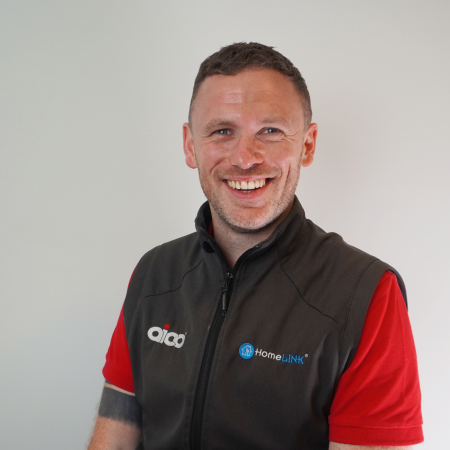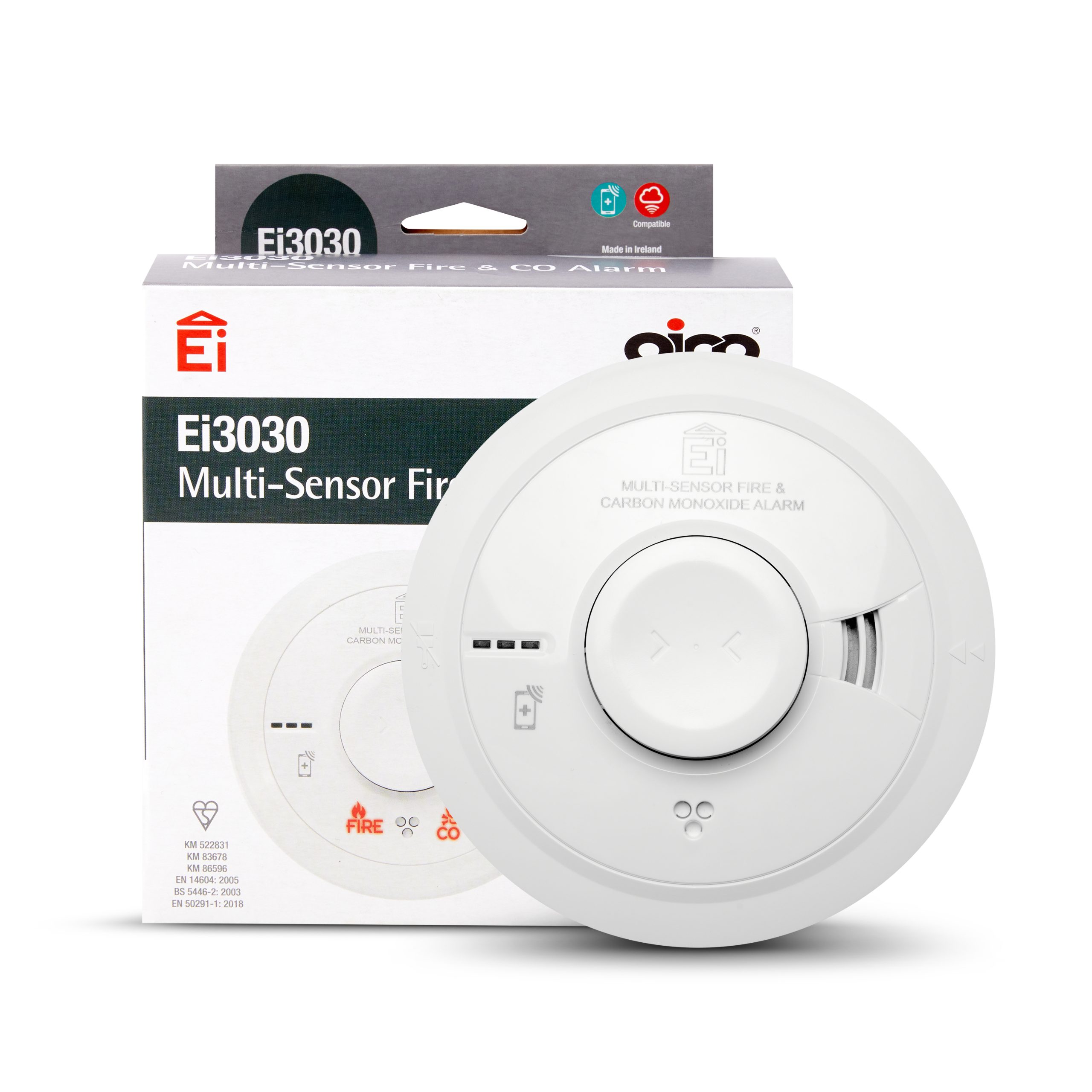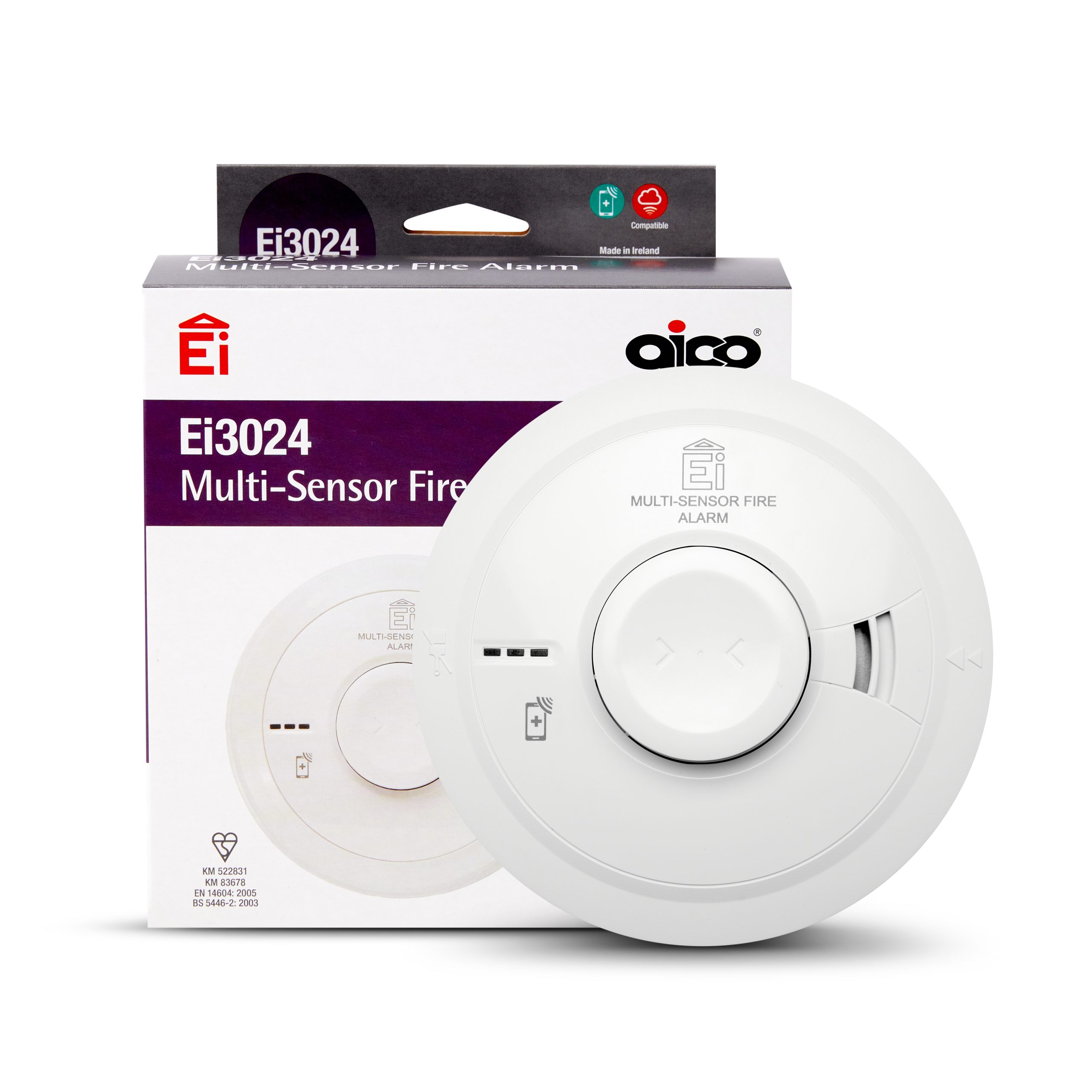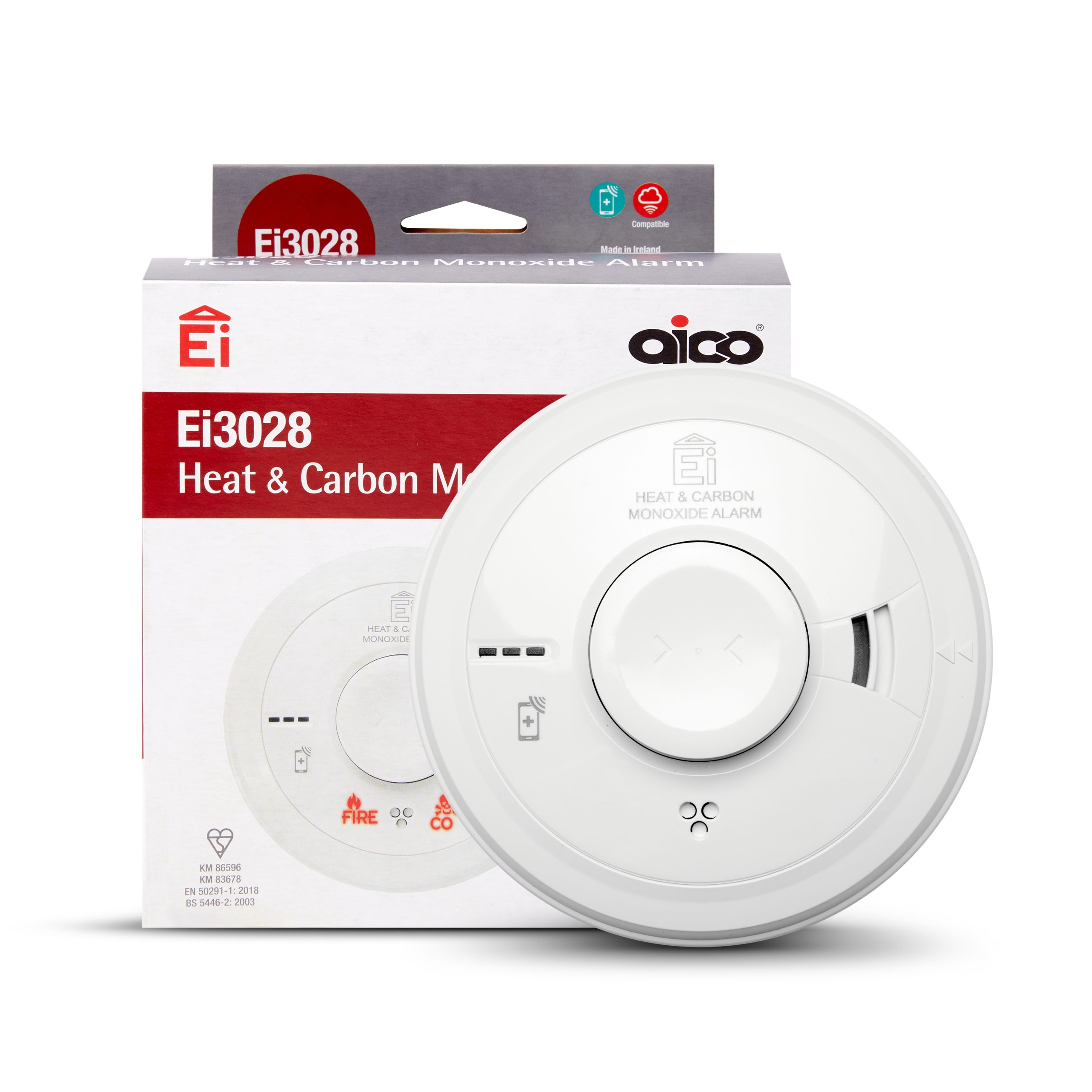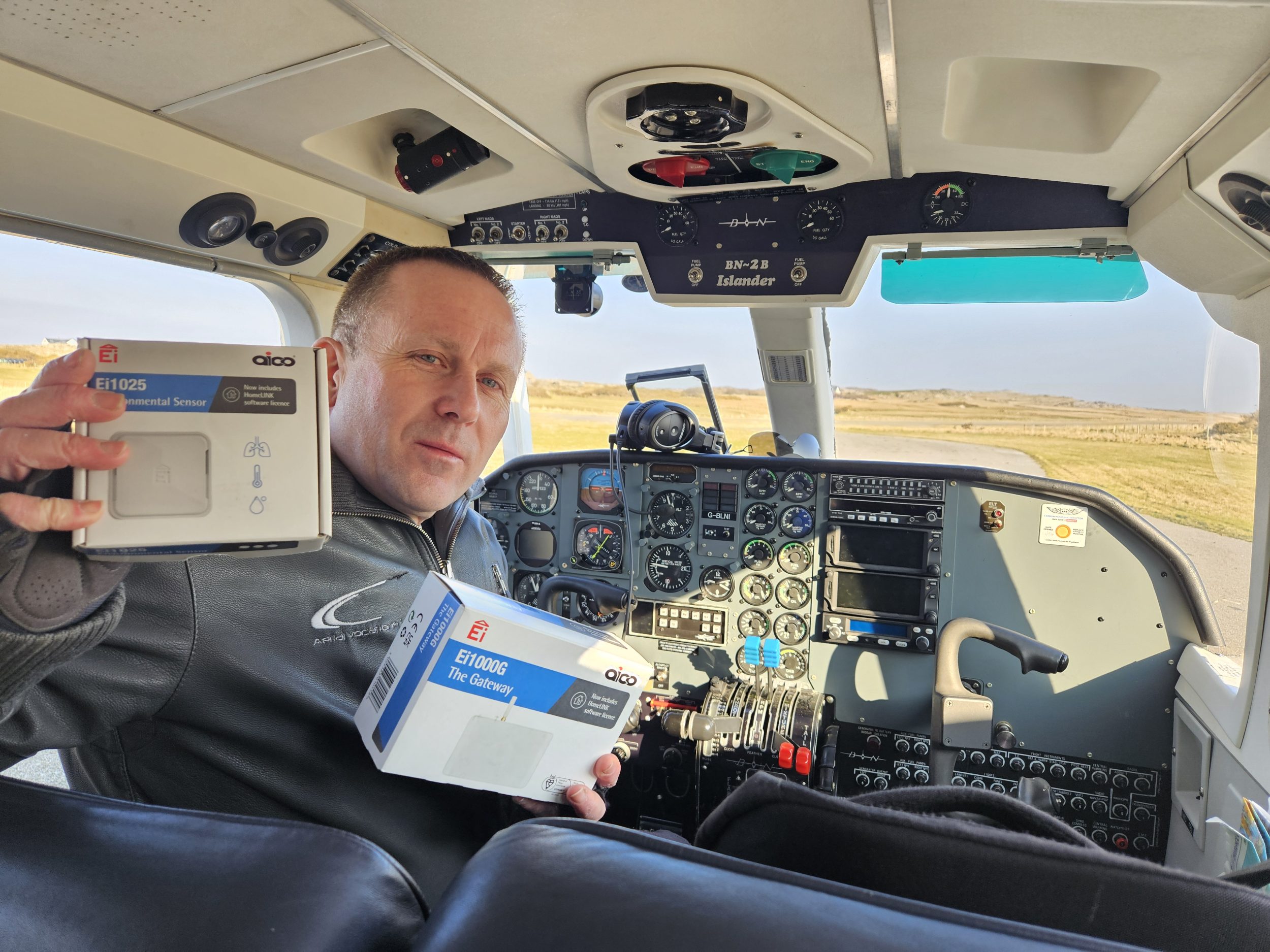Challenges of IoT Roll-Outs in the Social Housing Sector
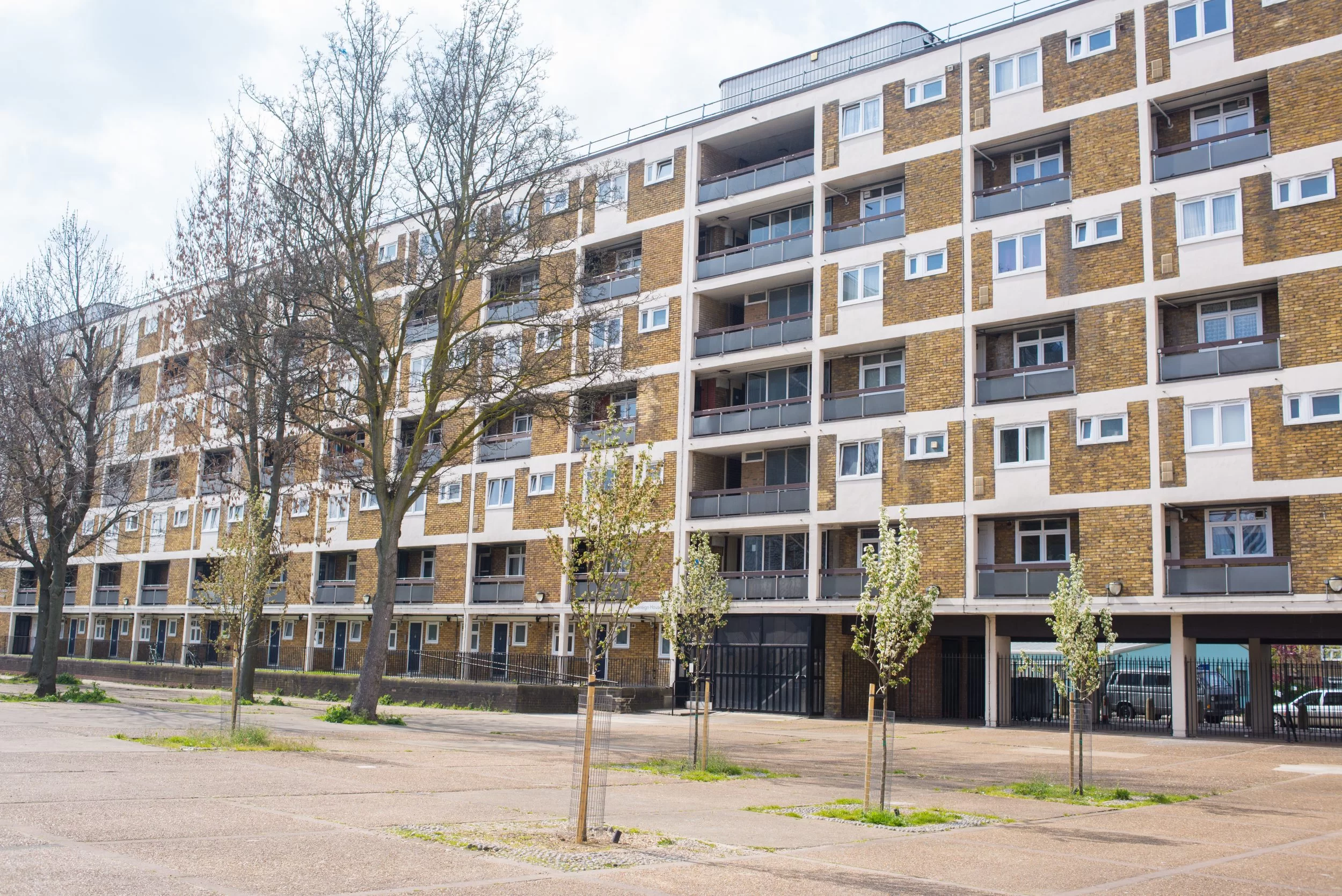
Now that our Internet of Things (IoT) solution is starting to roll-out at scale through Social Housing Providers across the UK (20,000 systems currently installed and over 108,000 connected devices, I was interested in why the pace has suddenly ramped up and where there has been such a change of pace in recent months. So I decided to start from the beginning and look into the challenges of IoT roll-outs, reflecting on what changes have caused organisations to scale this technology at fast pace..
Looking at reports from companies such as Beecham and Gartners, the key concerns from organisations in regards to IoT roll-outs or adoption fall info a few key areas;
- Security and Data Ownership
- Operational Integration
- Unclear Business Aims
- Unclear Return on Investment (ROI)
This is unsurprising when you think about it, as it is new technology, which is for the most part – unproven. And the capital expenditure required for this sort of projects can rise very rapidly, so an unclear ROI will always give organisations pause for thought.
The issues with security are usually due to a lack of regulation in the market when it comes to IoT devices, with horror stories of data being stolen or devices in peoples’ properties being misused. This combined with the ethical side of putting sensors in people’s homes can often raise a lot of questions from the organisations and residents alike. The awareness of just quite how much data will be received about your property stock can feel quite daunting to some Housing Providers on an operational and individual level.
Our Ei1000G SmartLINK Gateway has achieved the British Standard Kitemark for IoT Commercial, demonstrating that they are a secure data point out of properties at all times, combined with onshore Amazon Web Servers, we have taken every possible measure to ensure that your data (and that of your residents) is secure. We also embarked on a large study with the University of Bristol into the Ethics of IoT, and have ensured all of our focus and future developments are in line with the findings (read the full report on the Internet of Things (IoT)).
Data Ownership can be easily managed using our Process Mapping procedure, which aligns all your operational aims and integration requirements, maps out all the data streams, when and where you want to receive the data and what actions are to be taken. This ensures that you can optimise the incoming data, making the most of the actionable insights from our Environmental Sensors and ensure that all stakeholders are maximising the usage of the equipment installed.
Due to the size of most Social Landlords, and different departments and trades – the goals and requirements of an IoT project will vary significantly. The key to ensuring the best ROI (and overall success of the project) is to align those requirements with as many stakeholders as possible.
The pandemic has also accelerated IoT Technology in the working environment, with many organisations realising the benefit of the ability to work remotely and access data without having to enter the resident’s property to hugely increase efficiencies.
From the Beecham research, the above were the key goals of a wide range of organisations embarking on IoT projects, and the priority of these goals.
On completion of these projects however, the above shows how they felt the goals were achieved. Only 23% fully believed they had achieved all of their objectives, while 50% believed they’d partially achieved them. The majority consensus was that the main reason for not fully achieving their goals was a lack of clarity on what they are and what was needed to achieve them.
One of the fundamental values at Aico | HomeLINK is creating safer communities, in such during the specification process we are striving to engage all relevant stakeholders in organisations who would benefit from the solutions our products and Dashboard can provide. These being;
- Increased resident safety and wellbeing
- Full asset picture and compliance data on Fire and Carbon Monoxide protection
- Thermal efficiency insights to enhance decarbonisation projects and retrofit works
- Cost reductions in unnecessary site visits and early replacements when not required
- Integration with Alarm Recovery Centres and asset management systems via APIs
- Increased rent revenue due to decreasing maintenance overheads (call outs, fuel costs, administration time)
As you can see – all of those key goals are covered, with benefits to a huge range of stakeholders within a Social Housing Organisation – especially the residents, which is why I feel there has been such a rapid scaling and adoption of our systems across the sector. That combined with the quality of our products, the fact we are a company with a 30 year history with trust of the majority of Social Landlords in the country and the support offered by our internal and external teams allows for smooth, scalable roll-outs with minimal disruption to your operations while maximising ROI and efficiencies.
The requirement for enhanced resident communication via alternative means has been proven by the pandemic, and the capacity for residents to access a suite of information about the health of their homes and the future capacity for push messaging via our Resident App has been welcomed by landlords.
If you’d like to learn more, please feel free to contact your local Regional Specification Manager.
